Garden HuckleberriesAlthough I was unsure about garden huckleberries as they are a member of the nightshade family and are toxic until fully ripe, I decided to try growing them in the summer of 2018. I was pleasantly surprised by the plants as they were extremely easy to grow even with a particularly difficult growing season, which included an early-mid-summer drought and mid-summer hail. However, I only needed to harvest them one time at the end of the season which is much easier than many other berries that must be picked every day or two. However, once I made and tasted garden huckleberry preserves, I became a huge fan of the little berries. Garden huckleberries are not true huckleberries (genera Vaccinium and Gaylussacia) nor are they blueberries which are a type of huckleberry in the Vaccinium genus along with cranberries and bilberries. Instead, garden huckleberries are scientifically known as Solanum scabrum, a member of the nightshade family. Garden huckleberries are generally grown as annuals, and as such are one of the fastest ways of cultivating fruit. You do not need to wait 3-5 years to start harvesting fruit like many of the fruit trees and bushes that are more commonly available. Also, garden huckleberries do not take up tons of space in the garden but, do plan to allocate space similar to a tomato plant. Although nightshade plants can be very scary due to their well-known toxicity, many of our commonly grown crops are in the same nightshade family, including tomatoes, peppers, eggplant, tobacco, and potatoes. The biggest obstacle I had growing garden huckleberries was not being able to tell when they were fully ripe. I live in Wisconsin so our growing season (zone 4) is relatively short. Although garden huckleberries have only 75 days to maturity, I still found that many berries did not completely ripen before our first frost which is usually around the end of September, even though they had significantly more than 75 days to mature. I also started them from seed inside before transplanting at the end of May to give them even more time to mature. Many berries ripened to a black color throughout the summer and supposedly once they turn black and glossy, if you wait 2 more weeks, they will turn a dull black color indicating they are fully ripe and also no longer toxic. However, I found that the berries ripened at different times and it was too much work to try and pick out just the ripe ones. However, these are tough berries and generally do not get overripe so I decided to just let them on the plant until the fall. A mild frost is also supposed to enhance their flavor as well so this was another reason to wait. I finally harvested the night before our first “hard” frost. Literally, my family, including my in-laws, ran out to the garden in the dark using our car lights to see, and harvested all the berries before they froze. The hardest part of this whole process actually occurred after harvest. I spent a long time sorting ripe from unripe berries and making sure all the stems were removed. Some berries may look fully black but still have a tinge of green and if you cut them in half you will find the inside has not yet changed color. I threw out any berries that I could tell were obviously unripe. Since fall/early winter is crazy for my business I decided to just wash the berries and freeze them on a baking sheet before transferring them to freezer bags. I then forgot about them until January when the worst of the holiday rush was done. Once I had more time, I decided to try making garden huckleberry preserves. I am a huge fan of Tyrant Farms so I decided to use their recipe. These are not well-known berries and there is not a ton of information out there about them. However, one of the keys to these berries is that they must be cooked for their flavor to develop. If you eat them unripe, they are toxic, if you eat them ripe but raw, they should no longer be toxic but they really have no taste or maybe a slightly bitter taste. Trust me, you will not want to pop another one in your mouth. However, as I found out after tasting the cooked preserves, they taste absolutely delicious. The flavor is somewhat like blueberry jam. Some recipes recommend cooking them with baking soda to remove bitter flavors, but I found this was not necessary at all. Just make sure you are using fully ripe berries. A long cooking time is recommended as the skins are very tough, slightly leathery, and the berries can be hard to pop. Although I did follow the recipe and canned the preserves, the pH of the berries is unknown and the safer option is to make freezer jam instead of canning it. After making a batch of the preserves, I still had several pounds of berries remaining in the freezer so we decided to try making some garden huckleberry wine (yum!) which will be the topic of my next post once we get it bottled.
1 Comment
|
Details
AuthorIn 2016, my family and I moved from the New York City area to small town Wisconsin. Our move, this website and blog (and our previous Etsy store) is the result of our desire over the past several years to simplify our lives, increase our quality of life, reconnect with nature, and enjoy a more self-sufficient life. I grew up as a country kid in central Pennsylvania working on my grandfather's fruit farm and as a corn "de-tassler" at a local seed farm. My background is in biology where my love of nature originated. I am a former research scientist and professor and have now transitioned to a part-time stay-at-home mom, self-employed tutor, and small business owner. Thank you for taking the time to check out my site. Archives
July 2024
Categories
All
|
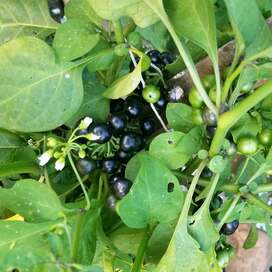
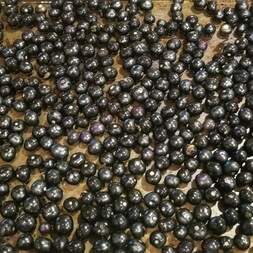
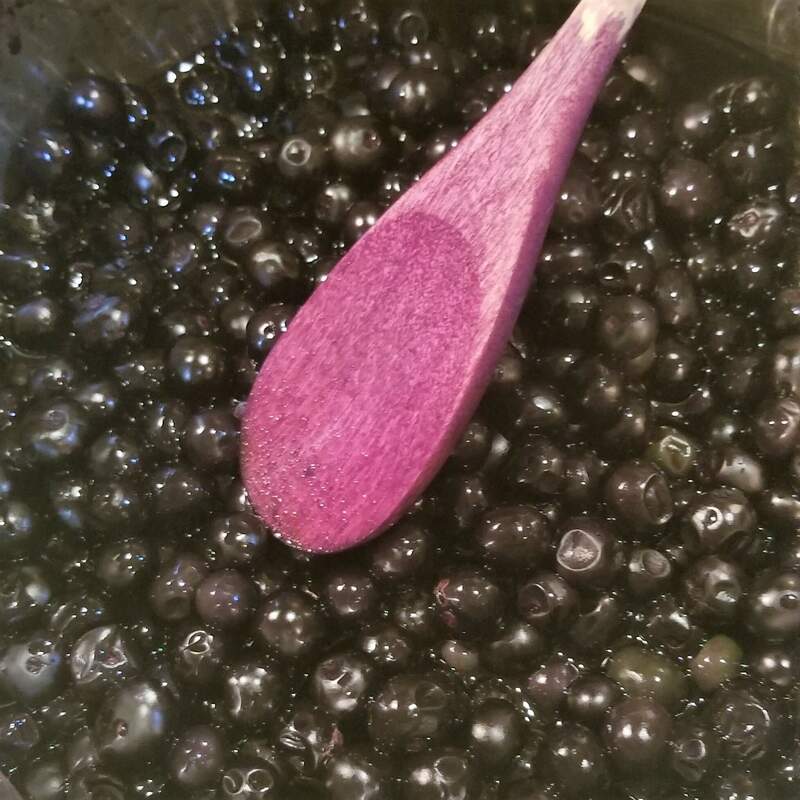
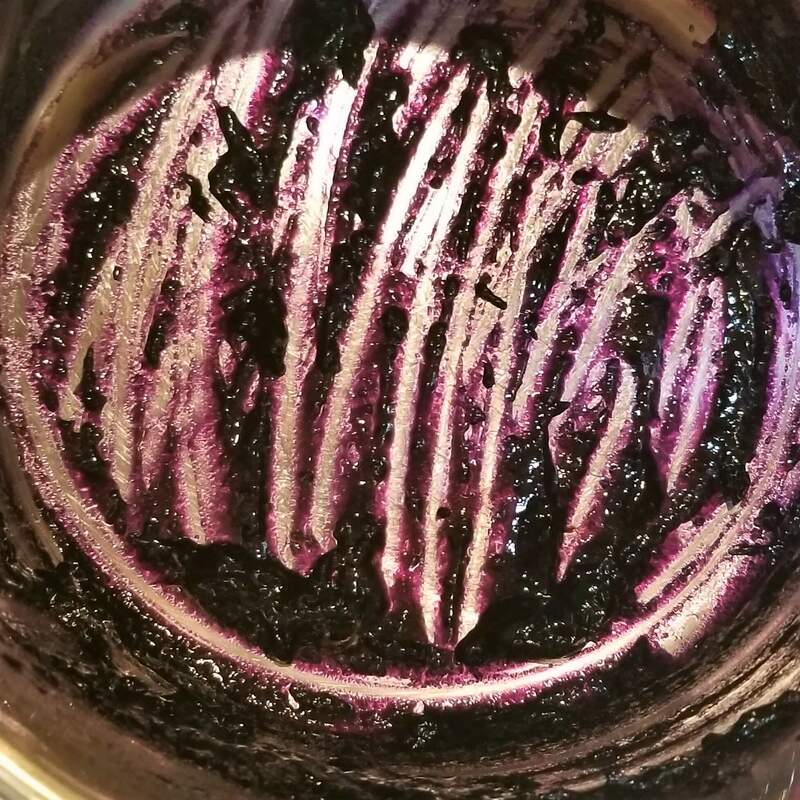
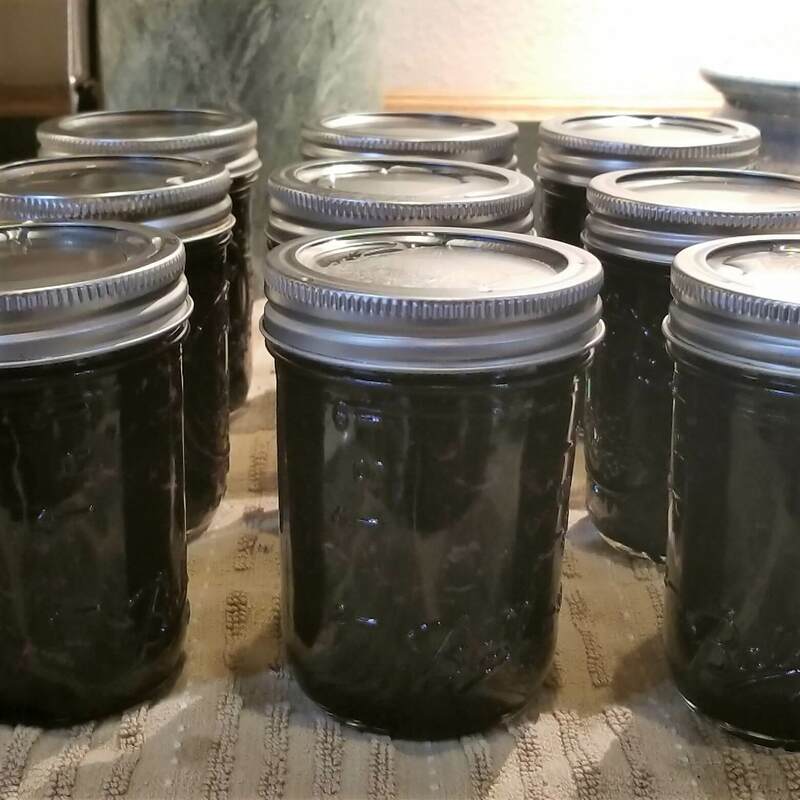
 RSS Feed
RSS Feed